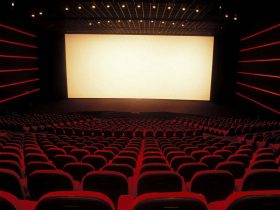Rhinoplasty, commonly known as a “nose job,” is a surgical procedure designed to reshape or resize the nose, enhancing both aesthetic appearance and functionality. It has gained immense popularity worldwide as individuals seek to improve facial harmony, correct breathing difficulties, or address congenital defects. This transformative procedure is not merely about altering physical features; it’s about empowering individuals to embrace their unique beauty and gain newfound confidence.
The Evolution of Rhinoplasty: The history of rhinoplasty traces back centuries, with evidence of early nasal reconstructions found in ancient Indian and Egyptian civilizations. However, it wasn’t until the late 19th century that modern rhinoplasty techniques began to emerge. Surgeons pioneered various approaches, refining methods to address both cosmetic concerns and functional issues. From closed to open rhinoplasty techniques, the field has evolved significantly, offering patients more precise and personalized outcomes while minimizing risks and recovery time.
Art and Science Intersect: Rhinoplasty is a delicate balance between artistry and science. Surgeons must possess not only technical expertise but also a keen understanding of facial aesthetics and proportions. Each nose is unique, requiring a customized approach to achieve optimal results that complement the patient’s overall facial features. Through meticulous planning and advanced surgical techniques, skilled rhinoplasty surgeons sculpt the nose with precision, achieving natural-looking outcomes that enhance the individual’s beauty rather than detract from it.
Beyond Cosmetic Enhancement: While rhinoplasty is often associated with cosmetic enhancement, its benefits extend beyond aesthetics. Many individuals undergo rhinoplasty to correct functional issues such as a deviated septum or breathing difficulties caused by nasal obstruction. These functional improvements can have a profound impact on the patient’s quality of life, allowing them to breathe more easily and sleep better. Thus, rhinoplasty serves not only as a tool for cosmetic transformation but also as a means of restoring functionality and improving overall well-being.
Conclusion: Rhinoplasty represents more than just a surgical procedure; it embodies the intersection of artistry, science, and self-confidence. As individuals strive to enhance their appearance and address functional concerns, rhinoplasty offers a transformative solution tailored to their unique needs. With advancements in surgical techniques and a deeper understanding of facial aesthetics, rhinoplasty continues to empower individuals to embrace their true beauty and live life with newfound confidence.rhinoplasty nose surgery




Leave a Reply